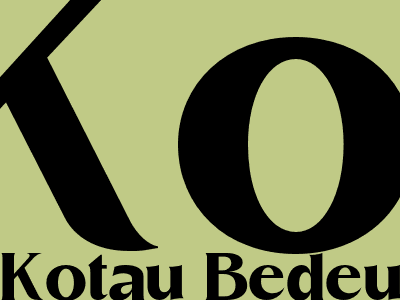
Kotau Bedeutung
Kotau: A Comprehensive Guide to the Meaning, History, and Usage of This Gesture
Understanding the Significance of Kotau
Kotau is a profound gesture of reverence and submission, deeply rooted in Asian and particularly Chinese cultures. It involves kneeling and bowing one's head to the ground, often accompanied by placing one's palms together in a prayer-like position. Kotau is traditionally used to express extreme respect, gratitude, or apology to a superior, a deity, or an ancestor.
Historical Roots of Kotau
The practice of kotau originated in ancient China, where it was an essential element of Confucian etiquette. During the Qing dynasty (1644-1912), it became a mandatory gesture of submission to the emperor and other high-ranking officials. This practice was also adopted by neighboring countries, such as Korea and Japan, as a sign of respect to their own rulers.
Kotau in Modern Contexts
While kotau is less prevalent in modern times, it continues to be observed in certain cultural and religious ceremonies. In China, it is still used in traditional weddings to show respect to one's parents and in-laws. It is also performed during religious rituals, such as ancestor worship, to express reverence to the deceased. In international diplomacy, kotau has been used historically as a symbol of submission or apology. For example, in 1858, the Qing emperor Xianfeng was forced to perform the kowtow to the British after the Second Opium War. This act was widely condemned by Chinese intellectuals and contributed to growing anti-foreign sentiment.
Cultural and Social Implications of Kotau
Kotau carries profound cultural and social implications in Asian societies. It reflects the importance of hierarchy, respect for authority, and the value placed on maintaining social harmony. However, it has also been criticized for perpetuating power imbalances and reinforcing subservience. In recent decades, there has been a growing debate about the appropriateness of kotau in modern contexts.
Conclusion
Kotau is a complex and multifaceted gesture that embodies a rich history and deep cultural significance. It is a powerful symbol of respect, submission, and apology, and continues to be practiced in certain cultural and religious ceremonies. However, its use and implications have evolved over time, and its appropriateness in modern contexts remains a topic of ongoing discussion.
Comments